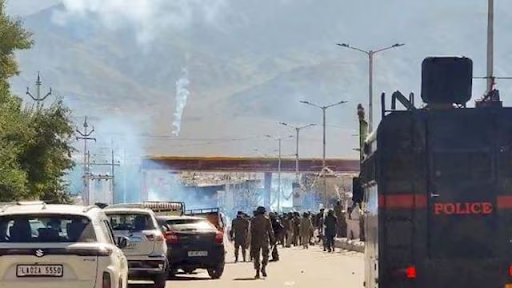



The Cabinet Committee approved a caste census in the upcoming population count, reviving efforts after decades. Unlike past censuses focusing only on SCs/STs, this includes OBCs. It aims to enable targeted welfare, fair reservations, and data-driven policymaking, promoting social justice and political empowerment through accurate caste composition insights.

Copyright infringement not intended
Picture Courtesy: INDIAN EXPRESS
The Cabinet Committee on Political Affairs (CCPA) approved a caste census for the upcoming population census.
A caste census collects detailed information about people’s caste identities during the national population census, conducted every ten years by the Office of the Registrar General and Census Commissioner under the Ministry of Home Affairs.
Unlike regular censuses, which track SCs and STs (officially designated disadvantaged groups), a caste census includes OBCs and other castes, providing a complete picture of India’s caste composition.
Pre-Independence
From 1871 to 1931, British colonial censuses recorded caste data, identifying 4,147 castes in 1931. In 1941, during World War II, officials collected caste data but didn’t publish it, citing high costs and complexity.
Post-Independence (1951–2011)
The Jawaharlal Nehru government avoided caste count in 1951, aiming for a unified, casteless society. Subsequent censuses follow suit, focusing only on SCs and STs data, leaving OBCs and others uncounted.
UPA Government (2004–2014)
In 2010, the Law Minister urged PM Manmohan Singh to include caste in Census 2011. The UPA formed a Group of Ministers under Pranab Mukherjee, which approved the Socio-Economic and Caste Census (SECC) in 2011, costing Rs 4,893.60 crore.
BJP Government (2014–2025)
In 2021, the government opposes the census. PM Modi criticizes it as divisive. In April 2025, the BJP reversed its stance.
The SECC 2011 is India’s first attempt at a caste census post-independence, but it faces challenges:
Targeted Welfare => Caste data could help to design schemes for marginalized communities, and reduce inequality. For example, Bihar’s 2023 survey highlighted extreme poverty among EBCs, prompting calls for increased welfare.
Fair Reservations => Caste data could justify increasing the 50% reservation cap or sub-categorizing OBCs, ensuring equitable representation. The Supreme Court’s 2006 M. Nagaraj case emphasizes “quantifiable data” for proving backwardness.
Empowering OBCs: The census could strengthen OBC politics, as seen in the 1990s Mandal movement, challenging the political narrative.
Delimitation and Quotas: Caste data will influence constituency boundaries and women’s reservation quotas, reshaping electoral strategies.
Social Justice: By highlighting disparities, the census could drive a secular, data-driven discourse, countering cultural majoritarianism.
Must Read Articles:
Source:
|
PRACTICE QUESTION Q. Critically examine the argument that caste-based enumeration in India is both a sociological necessity and a politically sensitive exercise. How has its absence or presence shaped policy-making over the decades? 250 words |






© 2025 iasgyan. All right reserved